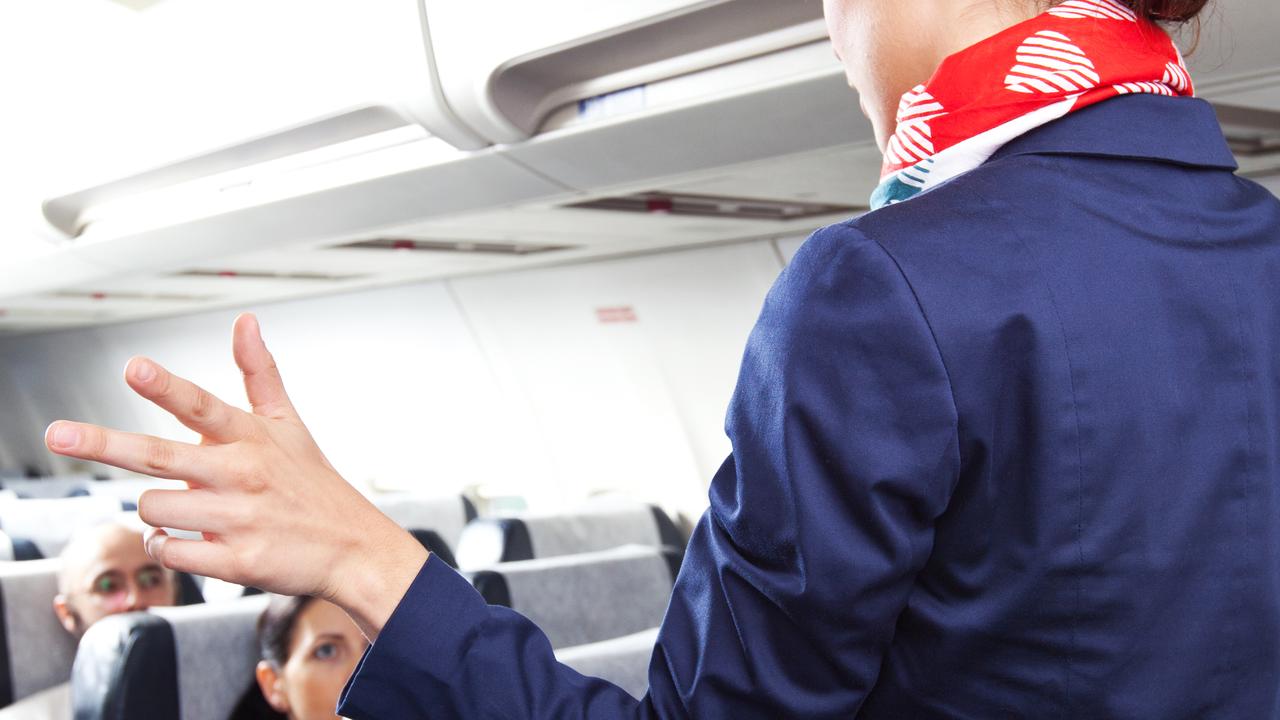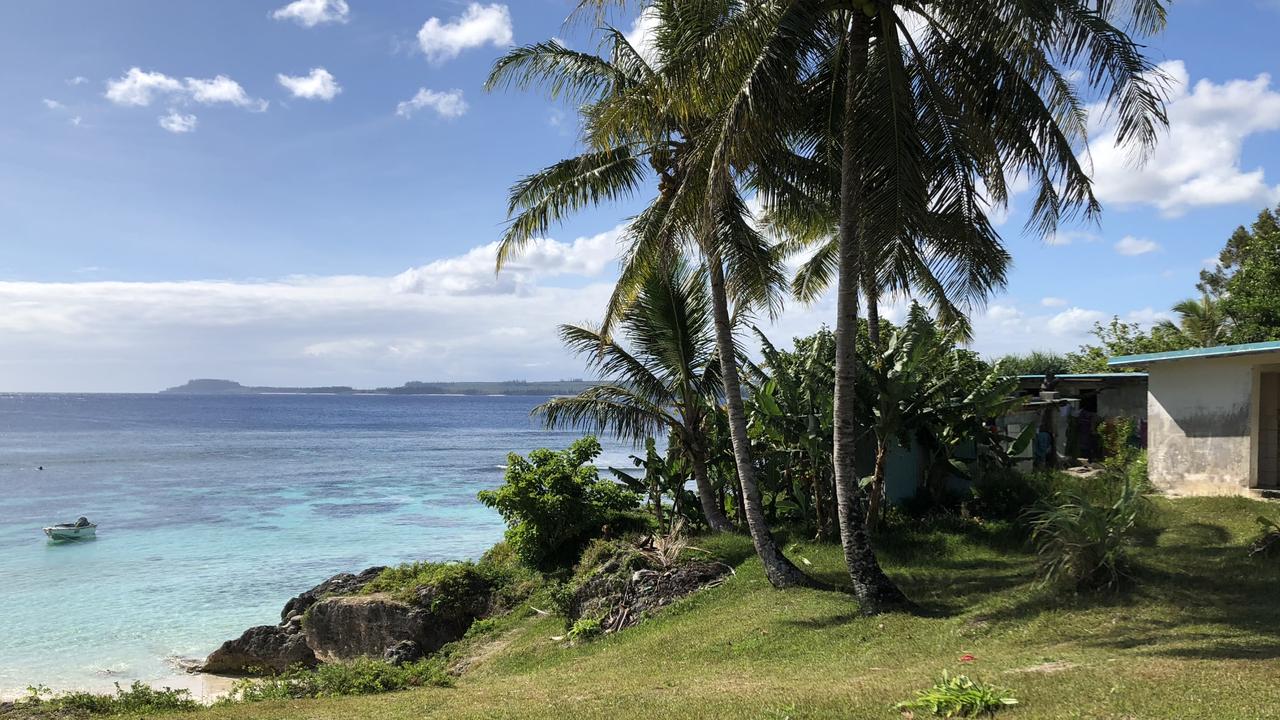Track down luxury in South Africa
AUTHOR Tony Park takes in the scenery from two trains - one modern and one retro - and enjoys some serious comfort along the way.

SPENDING 48 hours on an old Russian train without food or drinking water, crammed into a sweltering four-bunk sleeper carriage with a family of Ukrainians en route to Romania pretty well cured me of the romance of rail travel many years ago.
The last place I expected to put long-distance train travel to the test again was Africa, but South Africa has two luxury trains, Rovos Rail's The Pride of Africa and the government-run Blue Train. While both trains run special excursions, their core business is the Pretoria to Cape Town run, of about 1600km. The biggest difference between the trains is time. The Blue Train rocks along at 90km/h and travels throughout the night, meaning it does the trip in about 27 hours, departing each city at 8.50am and arriving about lunchtime the next day. By contrast, The Pride of Africa travels at a more sedate pace, no more than 60km/h, and halts at sidings overnight. It therefore takes two nights and the best part of three days to do the same journey. The other differentiator is age. The Pride of Africa is immaculately restored Edwardian opulence, whereas the Blue Train is modern elegance (well, in a glitzy '80s gold trim sort of way). Arriving at Capital Park station, Rovos Rail's headquarters and departure terminal in Pretoria, is like stepping back into the colonial olden days. Like the train, the station is privately run by successful businessman Rohan Vos. Vos was a train enthusiast who turned his hobby into a business empire. He bought and renovated early 20th-century rolling stock from all over Africa and convinced the South African Government to let him run them on public tracks. Capital Park is all over-stuffed armchairs and green-shaded reading lamps. Passengers sip champagne and take afternoon tea on arrival. On the platform, porters in green livery and pillbox hats push antique barrow carts laden with baggage and hostesses welcome passengers into their suites. A steam engine - Vos owns six of them - pulls the train out of Capital Park and even uber-rich tourists can't resist a photo-op on the footplate. I take the Blue Train in the opposite direction, from Cape Town, and joining it is a slightly more egalitarian experience. I park my rental car at the wrong end of the station and have to navigate my way through the last of the morning commuters before being ushered into the train's reserved departure lounge. If Capital Park is colonial gentleman's club, the Blue Train lounges are more Qantas Club, but the welcome and service is just as slick. When I learn I need to move my car to the proper carpark, one of the train's stewards walks with me all the way back and helps me navigate to the right place. The first leg of the journey each way reminds me of the line from Johnny Cash's Folsom Prison Blues: "I bet there's rich folks sitting in that fancy dining car ... " and it might seem a bit uncomfortable passing through the downtrodden outer suburbs of Johannesburg and Cape Town if the people walking across the tracks in our wake didn't wave and smile at us fat cats. Once we're rolling, it's down to the business of doing nothing. The young Afrikaner guy behind the bar in the Pride of Africa's lounge offers us beer, wine or spirits as soon as we enter. "It's a bit early," my wife says. "Ma'am," says the barman politely, "you're on a luxury train where all drinks and food are included and there is nothing to do for the next three days except eat, drink and relax." My wife relents. And so is set the pattern for both trains for the duration of the trip - eating, drinking, snoozing, eating, drinking. The trains travel via the big-sky country of the Karoo desert, dry golden grasses occasionally studded with wildebeest and springbok on game farms, and the lambs for which the region is famous. There's not a wafer-thin mint between the food on the trains. It's superb all around and we're a world away from the microwaved bacon sandwiches of Aussie country trains. Think lobster tails and fillet on Rovos and salmon or melt-in-the mouth lamb on the Blue Train. The best of South Africa's wines are matched to first-rate local produce. The ride on the Blue Train is smoother than its competitor thanks to its more modern suspension and this does make it possible to get a good sleep even though the train doesn't stop overnight. There's a bit more rattle and clank on The Pride, but that's part of its charm and those night-time stops are essential for quality shut-eye. When it comes to the suites, Rovos Rail claws back some points. Its deluxe and royal suites have permanent king beds in the rooms, whereas the Blue Train's beds, whatever the class, are converted from daytime couches in the evenings. It's a plus on the Rovos train to be able to flake out any time of day, although your butler on the Blue Train will make your bed earlier if you want. The Pride of Africa makes two pit stops, at Kimberley, where diamonds were first mined in South Africa, and the small but perfectly preserved 19th-century town of Matjiesfontein in the Karoo. The Blue Train stops only once - at Matjiesfontein when heading north, and at Kimberley on the trip to Cape Town. Kimberley is famous for its big hole, all that's left of a huge open-cut diamond mine of yesteryear. At Matjiesfontein, a jolly bugle and piano-playing guide takes passengers on a whistle-stop tour of the historic town on a double-decker bus. The museum on the platform is more an eclectic display of junk but the bedpan collection is a must-see. The best scenery is between Cape Town and the Karoo as the rival locos chug through mountain passes and the wine lands of the Hex River Valley.The Pride of Africa has a neat open-air viewing platform in the caboose, while in the Blue Train you can sit in a lounge and watch a TV relaying the view from the driver's seat. At the end of both trips the scores are neck and neck. In one corner is the lovingly restored grand old dame of the rails and in the other the flashy youngster. My feelings on leaving both trains were the same. When I rode the rails in the former Soviet Union I prayed for the journey to be over, but when I pulled into the station on these two beauties, the crews needed a crowbar to get me out of my cabin. --- -- Tony Park is the author of eight novels set in Africa. He travelled courtesy of www.bluetrain.co.za, rovos.co.za and swagmantours.com.au



